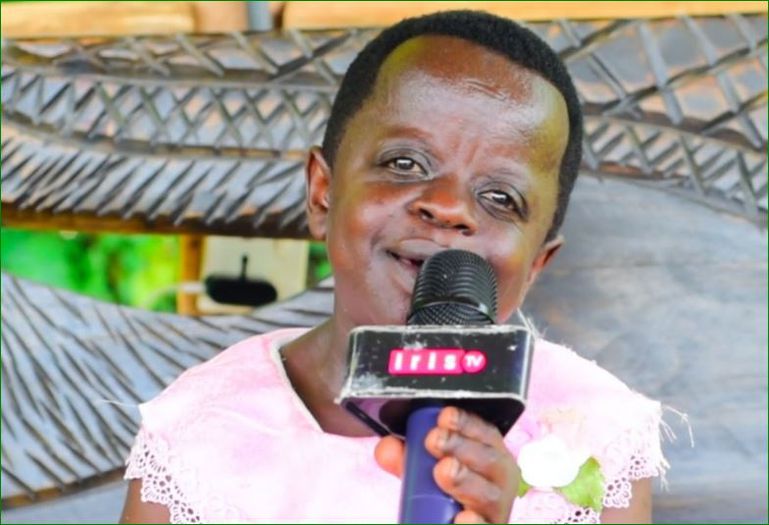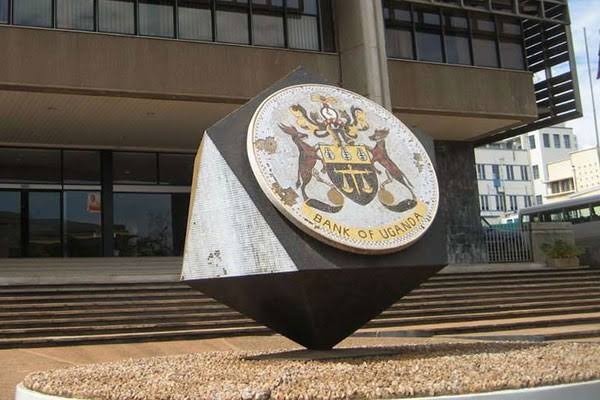Antananarivo, Madagascar — On the morning of October 13, 2025, Madagascar’s capital awoke to an uneasy calm. The city buzzed with the energy of protesters, soldiers, and street musicians, but beneath the surface lingered a crisis threatening to upend the country’s fragile political order.
Youth activists and military defectors filled the streets with a mix of celebration and tension — drums beat, flags waved, and once-locked public squares were reclaimed. Some troops greeted protesters with raised fists, others held them in guarded embrace. The bold imagery masked a brutal power struggle unfolding behind the scenes.
Table of Contents:
Protests Begin as Infrastructure Fails
The unrest began in late September, when a youth movement calling itself Gen Z Madagascar mobilized over chronic water and electricity shortages in Antananarivo. Only about one-third of Madagascar’s population has reliable access to electricity, and blackouts often stretch for hours.
The protests quickly escalated. What started as demands for infrastructure reform turned into a broad indictment of corruption, economic mismanagement, inequality, and governance failures. Across the country, young people — especially university students — took to the streets, coordinating through social media platforms.
From September 25, demonstrators faced harsh crackdowns. Security forces deployed tear gas, rubber bullets, and other crowd control measures. The United Nations estimates at least 22 people were killed during the clashes; the government disputes that number.
Under mounting pressure, President Andry Rajoelina dissolved his cabinet on September 29 and later appointed General Ruphin Fortunat Zafisambo as prime minister to ease tensions. But protesters rejected these concessions and kept calling for Rajoelina’s resignation.
Military Fractures: CAPSAT Joins the Protest
The political crisis took a dramatic turn when CAPSAT — an elite military unit intimately connected with Rajoelina’s rise to power — broke ranks and sided with the protesters.
On October 12, CAPSAT announced it had assumed command over all branches of the Malagasy armed forces, labeling Rajoelina’s rule an “illegal seizure” of power. In a public ceremony, General Demosthene Pikulas was installed as Army Chief of Staff, while General Nonos Mbina Mamelison was made head of the gendarmerie.
A shootout also broke out on October 12 between CAPSAT deserters and gendarmerie forces, leaving one CAPSAT soldier dead.
In response, the Defence Ministry held an emergency meeting of top military leadership. The reshuffle that followed appeared to cement CAPSAT’s dominance in the security hierarchy.
Power Vacuum, Uncertain Leader
Since early October, Rajoelina has remained mostly unseen. Some of his closest allies — including former Prime Minister Christian Ntsay and businessman Maminiaina Ravatomanga — flew to Mauritius. The Senate removed its president, Richard Ravalomanana, a long-time Rajoelina ally, further undercutting the administration.
Rumors swirled about Rajoelina’s possible escape. French public radio RFI reported he had been flown to Sainte-Marie Island, then aboard a French military plane — possibly bound for Mauritius or the UAE. Paris denied any military involvement.
On October 13, his office announced a televised address was scheduled for 7:00 p.m. local time (16:00 GMT). But while the speech drew global attention, no confirmation emerged that he was still in the country.
Meanwhile, the new military commanders publicly pledged order and cooperation. “It’s not the intention of the army to take over the government,” said General Mamelison, a claim viewed by many analysts with skepticism.
Public Mood: Defiance and Hope
That Monday, Antananarivo felt like a city in flux. Shops reopened, traffic flowed, and daily life resumed — yet at its core was a volatile balance of power. Protesters marched to May 13 Square, now renamed the “Square of Democracy,” escorted by defecting soldiers. The Students sang the national anthem, and traditional bands performed alongside the crowds. Some youths climbed military vehicles, fist bumping with troops.
Yet optimism mingled uneasily with uncertainty. The public wondered: had they witnessed a genuine shift, or a refined power grab cloaked as revolution?
Stakes and International Response
This is one of Madagascar’s most serious political breakdowns in years. The island has a long history of coups and military interventions since its independence from France in 1960, and many view the current moment as a pivotal turning point.
International actors have responded cautiously. The African Union has called for calm and threatened to intervene via its Peace and Security Council — an emergency session was scheduled for October 13. Some foreign airlines, including Air France, suspended flights to Madagascar over safety concerns.
For now, Madagascar teeters on a knife edge. The balance of power — between a youth-led movement seeking accountability, a splintered military, and a sidelined president — may determine whether the island slides deeper into crisis or charts a new path forward.





